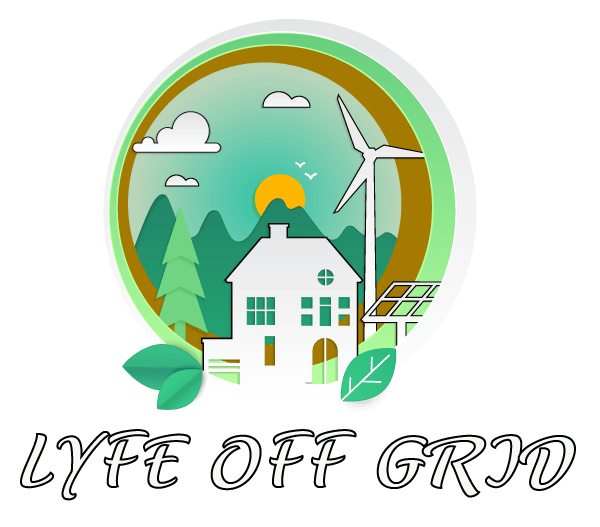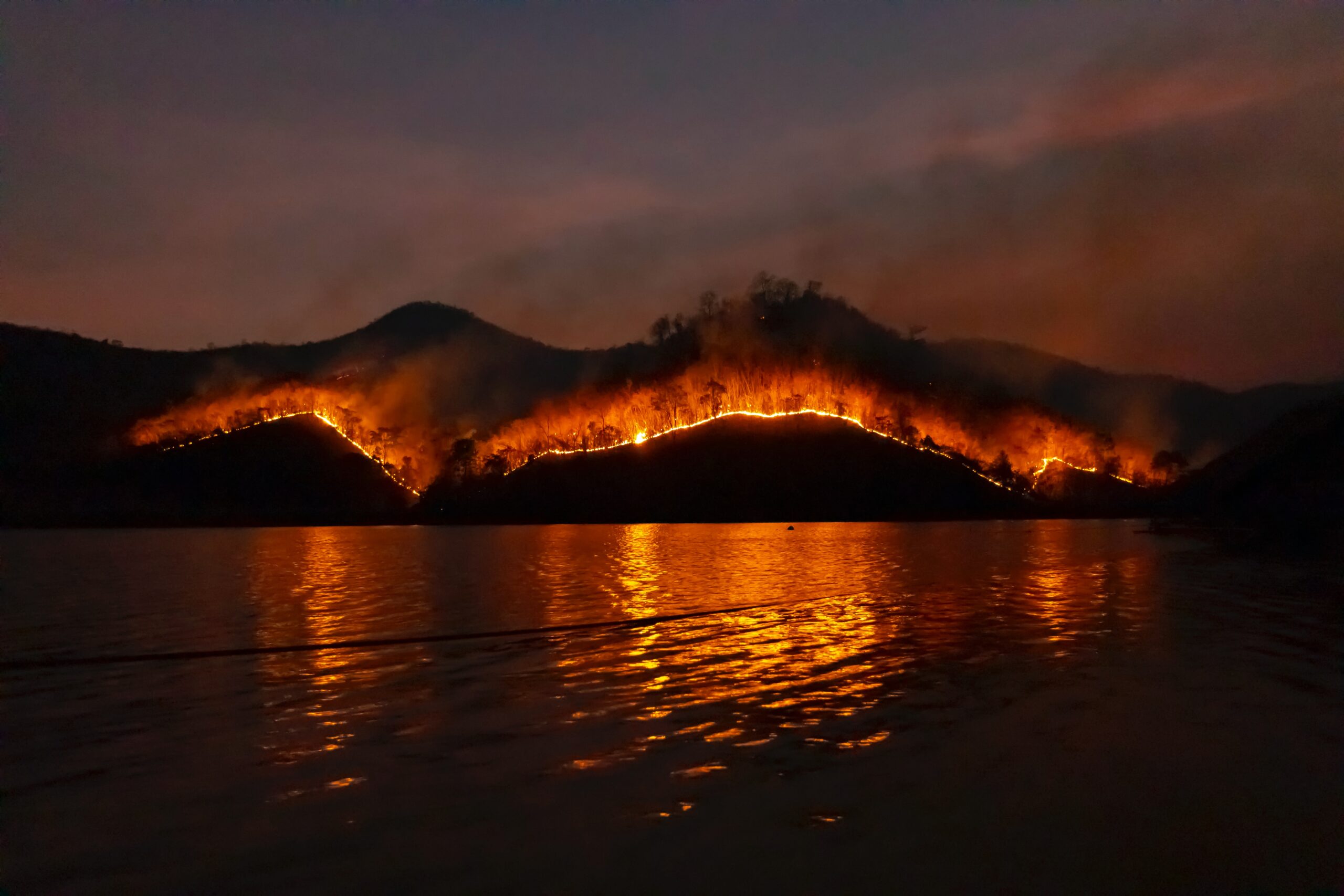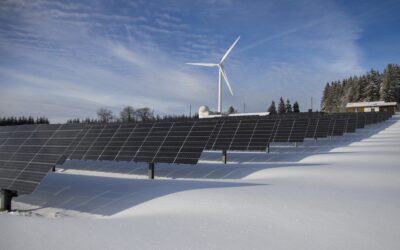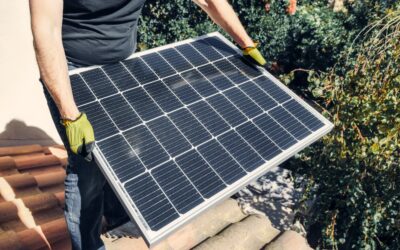More homes are at risk of wildfires in the US, with some estimates showing over 70,000 communities at risk. However, individual efforts to make your home safer can help protect both your property and your community at large.
We discuss some wildfire preparedness tips that will help minimize property damage and delay the spread of a wildfire, should it reach your home or community. These are some key things to do in and around your home before a wildfire threat reaches your local community.
Use wire mesh to screen and enclose are as under your decks and patios to prevent flammable debris and materials from piling. You should remove any vegetation and items from underneath your porches and decks within 10 feet of your home.
Make sure your decks, porches, eaves, and gutters are cleaned to remove any debris or leaves that may ignite from embers. Maintain and hydrate your grass, and remove any dead, dry, or brown grass and shrubs to reduce the intensity of the fire.
Prune the lowest branches of your trees, so they are at least 6 to 8 feet above ground. Promptly dispose of lawn/grass cuttings and debris and avoid leaving them around to catch fire.
Check roof tiles or shingles and replace missing or loose ones, to prevent embers from penetrating your roof. Use metal wire mesh to seal the exterior attic vents so that embers or sparks don’t enter your home.
Similarly, prevent embers from entry by using metal mesh to block off screens/ soffit vents. Store all your outdoor furniture indoors and close your home’s openings.
Fill all your tubs, garbage cans, hot tubs, pools, and other similarly large containers with water, and connect all your garden hoses. There have been known instances of firefighters using residential water supply in emergencies.
Collect all important documents, IDs, medications, and other supplies to assemble an emergency supply kit. Place this supply kit in a safe and accessible spot in your home.
Create a robust evacuation plan and practice it thoroughly with your household. Plan two evacuation routes out of your local area and design at a safe meeting point. Contact the local zoning office to learn about the wildfire risk in your neighborhood and any county or local ordinances that need to be followed.
Consult the local fire department on how to prepare and evacuate in case of a wildfire and the response your community should expect from the fire department. Encourage your homeowner’s association to identify regulations that include proven preparedness, home design, landscaping, and building materials.
Following the mentioned wildfire preparedness tips will help you reduce the property damage your home experiences in case of a wildfire. At the same time, it will also help delay and reduce the spread of fire in your community. If we all do our part and become a little more prepared for disaster, it can make a huge difference in saving at-risk homes and entire communities from the devastation of wildfires.






